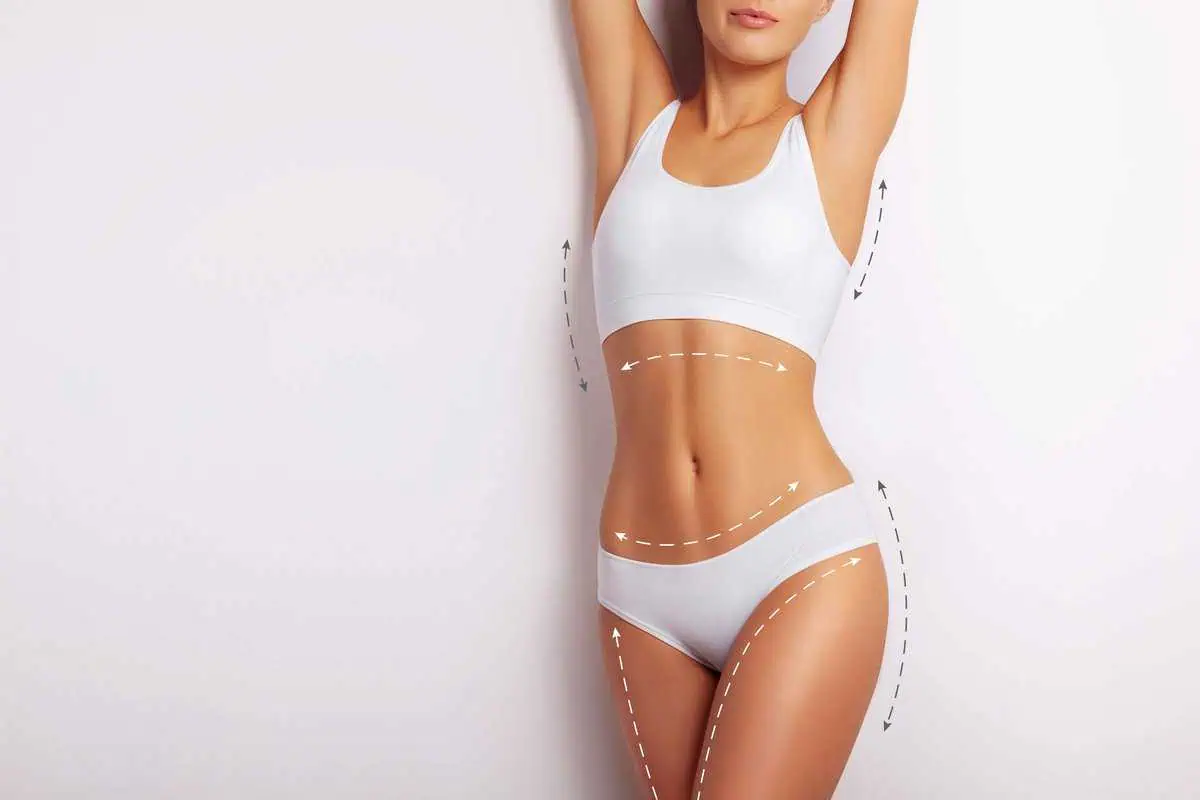
Hair cutting is an art and science by HALINA European Day Spa in Austin, TX, demanding precision, creativity, and a keen understanding of individuality. As the cornerstone of hairstyling, mastering diverse techniques can transform an ordinary cut into a statement piece. Whether you’re a budding hairstylist eager to expand your skills or simply curious about the world behind those salon mirrors, this guide delves into the nuances of the best hair-cutting techniques. From classic haircuts to innovative approaches, we’ll uncover the secrets that elevate haircuts from good to outstanding. Join us on this journey to discover the essence of exceptional hair design.
Understanding Hair Types and Textures
Haircuts aren’t just about length or color; their type and texture play crucial roles in how it behaves, styles, and, ultimately, how it should be cut. Recognizing and understanding these factors can elevate a hairstyle from mediocre to magnificent. Here’s a breakdown of the various hair types and textures to help you navigate the intricate world of hairstyling:
- Straight Hair: Lies flat from root to tip, sleek and shiny. Avoid weighing it down with lightweight products. Volumizing mousse can add needed lift.
- Wavy Hair: Forms an ‘S’ shape and can range from loose waves to more defined ones. Use curl-enhancing creams or serums to reduce frizz.
- Curly Hair: Distinct, spiral curls. Often prone to frizz. Keep it moisturized! Use curl-defining creams and avoid brushes; instead, opt for wide-toothed combs.
- Coily Hair: Tight curls or zig-zag patterns. Highly textured. Ensure regular deep conditioning. Avoid heat styling when possible, and embrace natural hair oils.
- Fine Hair: Thin hair strands that can often look flat. Volumizing products are your friend. Avoid heavy conditioners that can further flatten hair.
- Medium Hair: More thickness than fine hair but less robust than thick hair. Assists in maintaining a harmonious balance within the system at all times. Most styles work well with this hair type. Adapt products based on the desired look.
- Thick Hair: Full and dense hair strands. Use smoothing serums to manage and tame. Longer styles can help weigh down and control volume.
- Porosity and Hair: Porosity refers to your hair’s ability to absorb and retain moisture. It’s worth noting that hair can possess low, medium, or high porosity. Low-porosity hair might need heat to open up the cuticle for deep conditioning, while high-porosity hair benefits from regular protein treatments.
Knowing the different haircut types and textures is the first step in creating the perfect haircut and style. As with any canvas, understanding the material you’re working with ensures the final masterpiece shines brilliantly.
Core Hair Cutting Techniques: The Building Blocks of Every Great Style
Haircuts have techniques that sculpt, shape, and define hair to perfection. Dive into the heart of hairstyling with these foundational methods:
- The One-Length Cut: Cutting the hair to a uniform length. It’s ideal for a classic bob or adding extensions. Ensure even tension when pulling hair down to maintain a consistent size.
- Layering: Creates different lengths throughout the hair to add volume and movement. Perfect for adding body to straight hair or defining waves and curls. Start with subtle layers and build gradually to avoid removing too much weight.
- Texturizing: Adds variation and removes weight, allowing the hair to flow more naturally. : Effective hair styling methods like point cutting, slithering, and notching can create a unique, personalized look that complements your features. Always consider the hair type before texturizing. Fine hair can look sparse if over-texturized.
- Graduation: Ideal for building weight in a hairstyle by cutting layers at an angle. Common in hairstyles like the graduated bob. Maintain consistent cutting angles to ensure a smooth graduation.
- Razor Cutting: Uses a razor instead of scissors to achieve softer, feathered edges. Ideal for shags, modern bobs, and textured looks. A sharp razor is vital. Dull razors can cause hair damage and split ends.
- Club Cutting: Cutting the hair with scissors held horizontally. It helps maintain a straight edge in blunt cuts. Practice steady hand movements to achieve a clean line.
- Slide Cutting: Scissors are opened halfway and slid down the hair strand. Adds texture and movement, especially in longer hair. Ensure scissors are sharp to avoid snagging and hair breakage.
From the sleek precision of the one-length cut to the dynamic movement of slide cutting, mastering these core techniques provides the versatility to tackle any hair challenge.
Advanced Hair Cutting Techniques
The journey of a hairstylist is one of continuous learning. Beyond the basics lie advanced techniques, each promising to unlock new style, flair, and individuality dimensions. Let us dive deep into these advanced hair-cutting techniques:
- Undercutting: Cutting the under layers shorter than the top layers. Popular in edgy, contemporary styles like the disconnected bob or bold pixie cuts. Ensure clear communication with the client; this technique creates a noticeable contrast.
- Disconnection: Intentionally creating a need for more transition between hair lengths or sections. Used in punk-inspired looks or to emphasize a particular feature. Balance is crucial; make sure the disconnection complements the overall style.
- Channel Cutting: Cutting a channel or path with the scissors parallel to the hair’s surface. To create volume, movement, and texture without thinning the hair too much. Light hands are essential. More than doing it can result in unwanted gaps.
- Brick Cutting: Cutting hair in staggered sections, similar to laying bricks. Great for blending layers and adding texture without a noticeable line of demarcation. Ensure areas are narrow enough to maintain the subtlety of the technique.
- Twist Cutting: Twisting sections of hair and then cutting along the twist and introducing random texture and softness to curly or wavy hair. Vary the tightness of the wrench for different textural results.
- Carving: Use the edge of the scissors or a razor to cut into the hair. They are creating internal texture, especially in shorter, edgier hairstyles. Always start with minimal carving and adjust based on the desired effect.
- Dry Cutting: Cutting the hair when it’s dry rather than wet. The stylist can see the hair’s natural movement and make precise adjustments. Keep hair smooth and free from tangles for the best results.
Consult a Professional
These haircuts’ advanced techniques are set apart in the world of hairstyling. The results are transformative, breathing fresh life into any look. Are you ready to embark on a hair journey unlike any other? Consulting with a licensed cosmetologist will clarify and guide individuals toward the best hair treatment option.
Takeaway
Elevate your hair and feel the transformative power of a meticulously crafted hairstyle. Stepping into the world of hair styling is a journey of artistry and precision. At HALINA European Day Spa in Austin, TX, we combine timeless European haircuts with modern flair, ensuring each cut captures your essence. Ready to embark on a hair journey unlike any other? Don’t hesitate. Contact us today or book an appointment, and let us unveil your best version.






